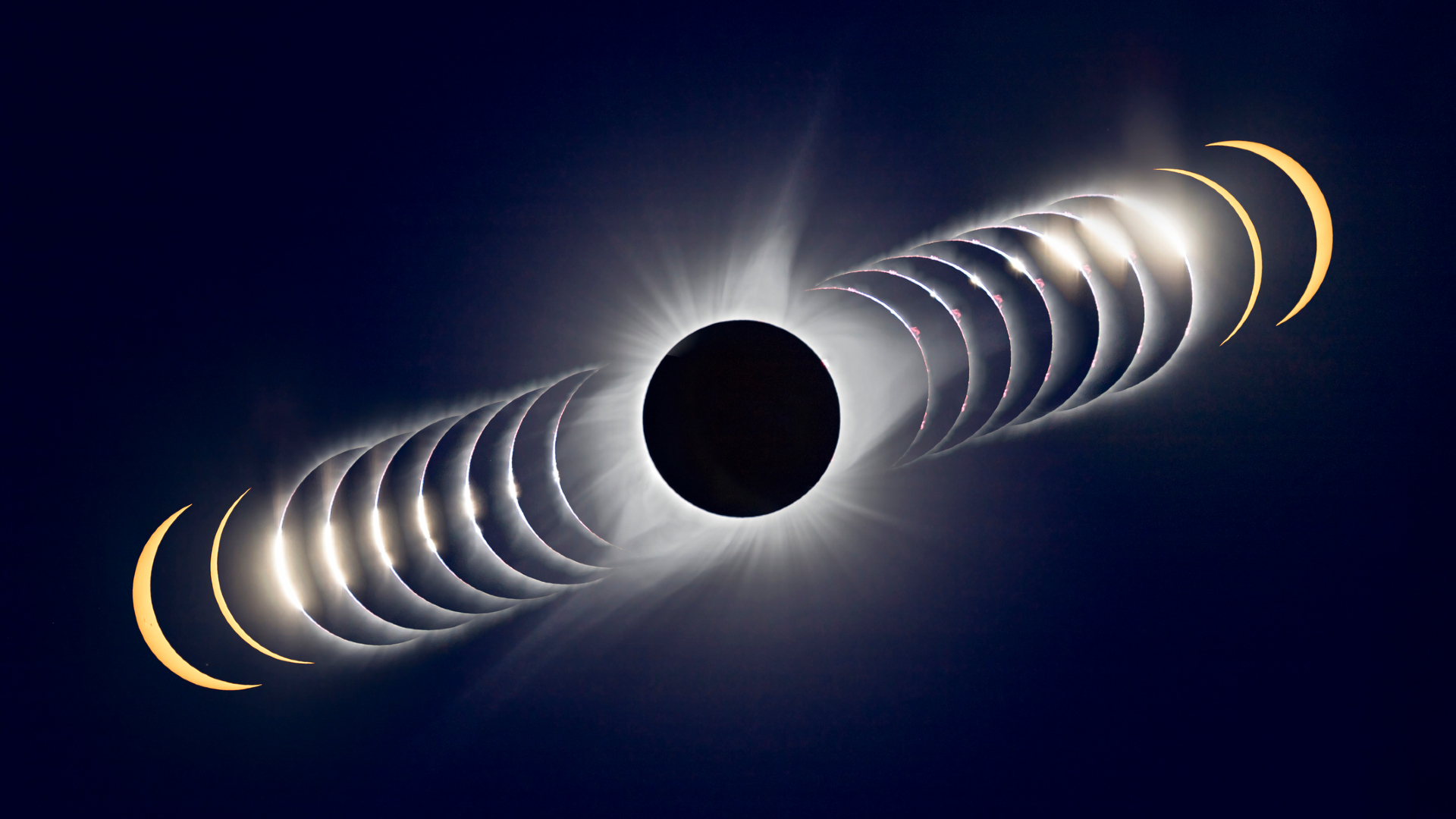NASA weighs potential impacts of helium leaks and more on Boeing's Starliner astronaut test flight

Boeing's Starliner capsule continues to get a thorough going-over during its first-ever astronaut mission.
Starliner launched on June 5, carrying NASA astronauts Butch Wilmore and Suni Williams to the International Space Station (ISS) on a shakeout cruise known as Crew Flight Test (CFT).
The Boeing CFT mission was originally supposed to stay docked to the orbiting lab for about a week, but NASA announced over the weekend that the mission will last at least until June 18. The extra time will allow ISS astronauts to prep for a Thursday (June 13) spacewalk and for Wilmore, Williams and ground teams to continue performing checkouts on their Starliner spacecraft, agency officials explained. (You can follow our Starliner live updates coverage for more details.)
Some of those checkouts are focusing on the potential effect of helium leaks, five of which have been detected on Starliner to date. One was spotted before launch but eventually deemed to pose little risk to full mission success. Four more have now been discovered while Starliner is in space, but that isn't necessarily cause for alarm.
"Engineers evaluated the helium supply based on current leak rates and determined that Starliner has plenty of margin to support the return trip from station," NASA officials wrote in a CFT update on Monday (June 10).
"Only seven hours of free-flight time is needed to perform a normal end of mission, and Starliner currently has enough helium left in its tanks to support 70 hours of free flight activity following undocking," they added.
Starliner also experienced some issues with its reaction control system (RCS) thrusters on its way to the ISS. The capsule has 28 of these small thrusters in its service module, and five of them misbehaved at some point during the journey to orbit. Four of those five were quickly brought back online, but one remains out of commission.
Breaking space news, the latest updates on rocket launches, skywatching events and more!
Mission team members continue to analyze that thruster's past performance, and they plan to put it and the others to the test near the end of the mission.
"Ground teams plan to fire all 28 RCS thrusters after undocking to collect additional data signatures on the service module thrusters before the hardware is expended," NASA officials wrote in the update. "As part of normal operations, the service module separates from crew module on return, so NASA and Boeing will gather as much data as possible to aid in system assessments."
Wilmore and Williams, meanwhile, have been evaluating their "Boeing Blue" spacesuits and Starliner's seats for fit, comfort and functionality and assessing the air flow aboard the capsule.
They've also powered the capsule down and back up again and conducted "safe haven" checks, which are designed to show that a docked spacecraft can serve as a refuge for astronauts in the event of an emergency aboard the ISS.
June 18 remains a "no earlier than" target for CFT, not a firm return date. When Starliner does come home, it will touch down on terra firma in the southwestern U.S., NASA officials have said.

Michael Wall is a Senior Space Writer with Space.com and joined the team in 2010. He primarily covers exoplanets, spaceflight and military space, but has been known to dabble in the space art beat. His book about the search for alien life, "Out There," was published on Nov. 13, 2018. Before becoming a science writer, Michael worked as a herpetologist and wildlife biologist. He has a Ph.D. in evolutionary biology from the University of Sydney, Australia, a bachelor's degree from the University of Arizona, and a graduate certificate in science writing from the University of California, Santa Cruz. To find out what his latest project is, you can follow Michael on Twitter.
